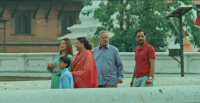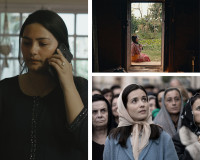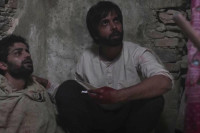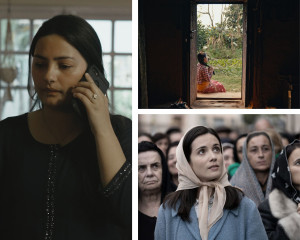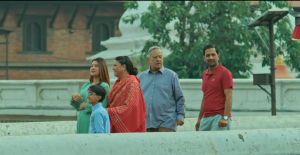Movies
Charulata: A story rich in symbolism
Satyajit Ray’s classic captures the essence of unspoken love, intellectual companionship, and the silent turmoil of a broken heart.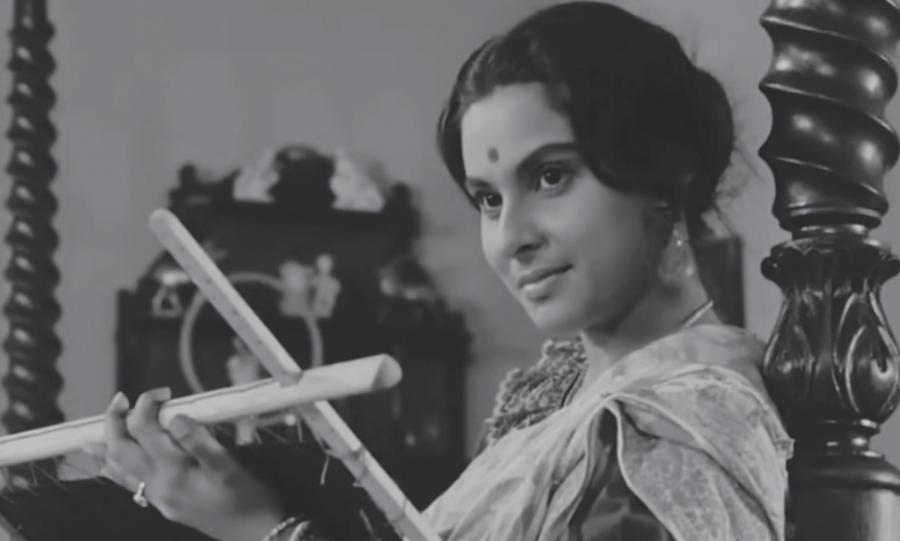
Khushi Das
The film, an adaptation of Rabindranath Tagore’s short story ‘Nashtaneer’ set against the historical setting of the Bengal Renaissance, beautifully portrays the relationships centred around the three main characters.
The story’s core points are intellectual conflict, longing, and characters melting for their loved ones.
Born into a family of political idealists and affluent publishers, Bhupati spends most of his time chasing his political interests or managing his publishing business.
While a generally pleasant enough husband, Bhupati is nevertheless an avid workaholic who is rarely there and grows increasingly distant from his wife Charulata.
Charulata, a timelessly beautiful upper-class wife who is essentially expected to manage the household and not much else, grows isolated and intellectually restless.
The film, already ahead of its time, begins with innocent flirting between Charulata and her brother-in-law, Amal. But it quickly spirals into emotions that none of them can control.
There is no such thing as adultery—betrayal is all in the mind—but the trust that comes from marriage has been destroyed, and the future can only be uncertain.
Amal, a bohemian fresh college graduate in search of work while simultaneously pursuing literary dreams, temporarily moves into the lavish yet lifeless household.
Amal and Charulata are drawn to one another right away, initially as intellectual companions, before any feelings of affection are recognised. The two are plainly aware of the impossibility of the unrequited relationship, as Bhupati, after discovering that an employee has been embezzling from him, is devastated to discover that his wife is also turning away from him.
The film has a lot of wit in addition to grace and elegance. But underneath the surface charm is a great deal of seriousness. After all, this is a chamber drama, not an allegory.
The scenes are placed thoughtfully with classical cinematography and emotionalism, emphasising the characters' growing distance from one another.
This historical setting goes deeply and meticulously into sexual and class politics, exploring idealistic and nationalistic politics while drawing subtle parallels to the present-day handling of the same issues in Bengali society with flawless performances all around.
Director Ray effectively uses analogies while adhering to the limitations of cinematic techniques, such as Sentinel newspaper, Charu’s opera glass, birds in cages, carpet shoes, etc.
The director had a purpose for the film's incredibly beautiful opening segment.
The masked-shot opera-glass vision approach remains deeply appealing. Through opera glasses, Charu sees the world.
Charu has limited vision, so her perspective is seen through them. She has no choice but to allow them to disappear from her view. By the movie's end, she retreats within her ancient binoculars once more.
In the garden segment, Amal is the only one static in her opera glass. Ultimately, though, Amal drifts away, making Charu's opera glass a continual symbol of escapism.
Two different shots in the movie feature caged birds. This serves as an excellent metaphor for Charu and her love, depicting them as capable of flying but confined to a restricted space where their ability to fly is rendered useless.
In the meantime, Charu's growing weakness for Amal is perfectly exemplified by the carpet-shoe metaphor. With great care and loyalty, Charu knits a pair of shoes for Bhupati, demonstrating her commitment to her husband.
However, she gives them to Amal, expressing her wholehearted affection for him.
When Amal leaves, the pair of shoes vanish from his room, and she furiously retrieves them, but there is no indication that she will give them to Bhupati either.
The metaphoric picture is crystal —Charu will never be able to show her love to anyone again.
Finally, but certainly not least, there is the Sentinel newspaper. It is a genius metaphor since it modifies its political line. Initially, it was a commendable representation of Bhupati's workaholism. Then, it took on the appearance of Bhupati's political consciousness, giving a hurtful take.
The newspaper begins to expose Bhupati's failure. In the final freeze frame, a newspaper article is seen, suggesting that it is only a shred and serving as a metaphor for a broken house.
Their loves, their desires, and their flaws all appear so universal coming from Ray’s camera. Photography is one of the greatest aspects of ‘Charulata’—the camera feels so free, so unrestricted by any formula or guideline for how to use it, and his love for art is so apparent.
In all of his films, he seamlessly portrays the omniscient presence, which the characters are partially aware of. We’ve already been lulled into his world, so it feels very natural that they would sing to us.
Still, I was startled when they looked into the camera and started singing.
It is somewhat impossible to find flaws in this meticulously knitted film. However, compared to other of Ray's early films, ‘Charulata’ feels longer and moves slower. Still, it is a persistently fascinating movie, especially Soumitra Chatterjee's nearly celestial performance.
‘Charulata’ is placed in a sophisticated, urban setting, in contrast to the ‘Apu trilogy’, one of Ray’s finest works. Nevertheless, this is the only film that Ray ever created that approaches the issues of love, maturation, and fidelity with such intelligence and compassion—not even the well-known ‘Apu trilogy’.
There are cuts in the old film, but the plot continues uninterrupted. It should be noted that the superimposition utilised to facilitate the transition between scenes was really effective.
Anyway, in an era where cinema seems to be getting louder and bolder by the day, a delicate, classic, and modest piece like this one could easily go ignored or be misunderstood as bland.
As a result, the sophistication of the editing elevates it to be one of the most enjoyable Bengali films ever made. The editing helps to shrink the material into an acceptable time range. In a nutshell, the clever editing makes ‘Charulata’ a darling among critics as well.
Charulata
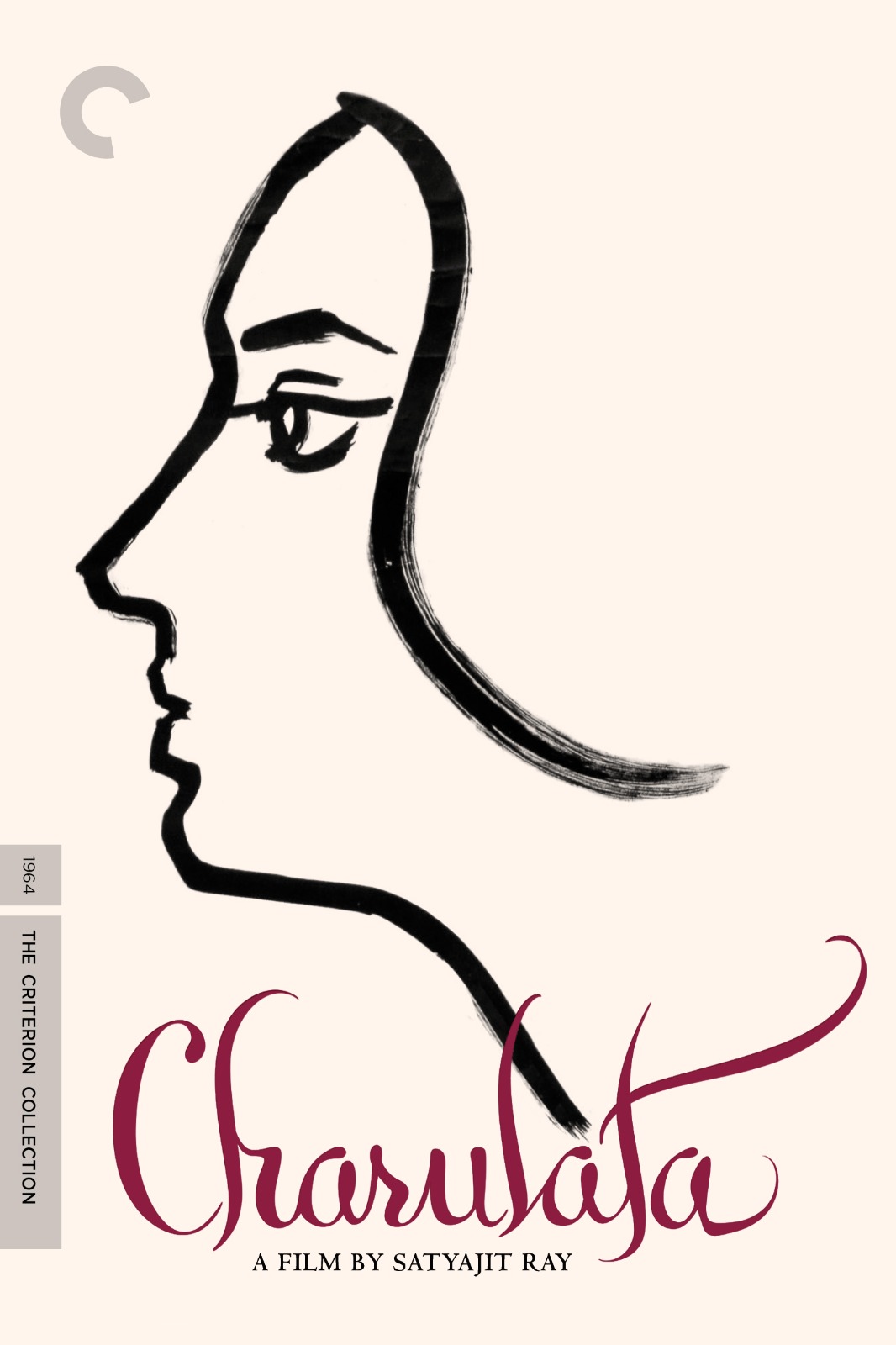
Director: Satyajit Ray
Cast: Soumitra Chatterjee, Madhabi Mukherjee, Sailen Mukherjee, Syamal Ghosal
Year: 1964
Runtime: 117 minutes
Language: Bengali
Available on: YouTube




 8.12°C Kathmandu
8.12°C Kathmandu
